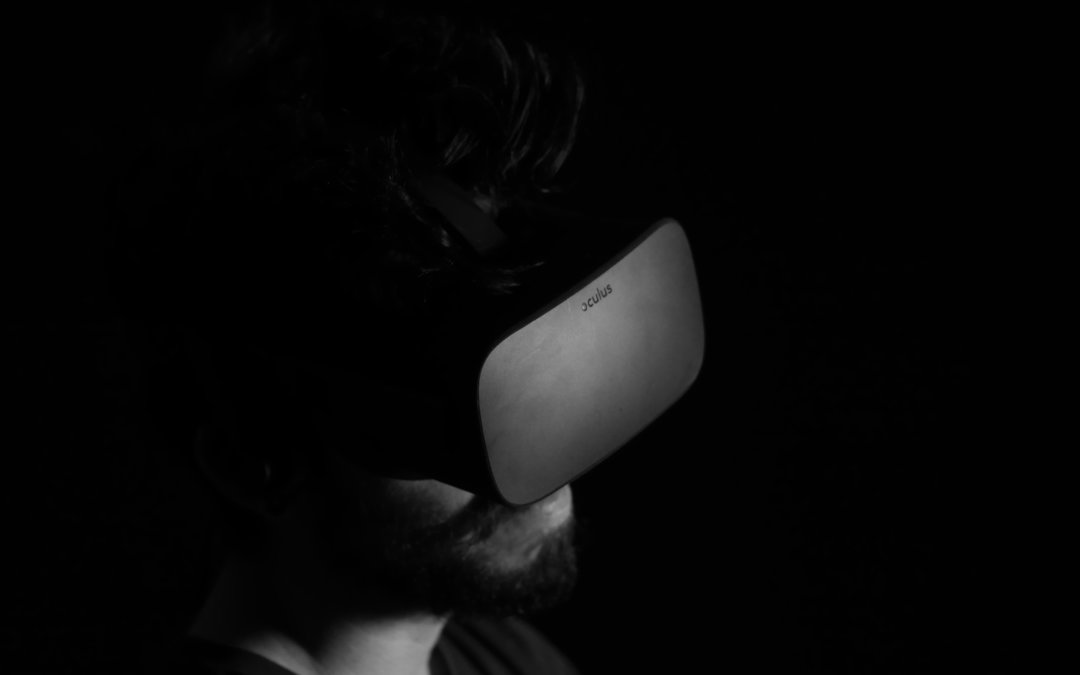Virtual Reality (VR) and Augmented Reality (AR) are delivering significant boosts to almost every industry. Like many parts of the digital tech world, there are everyday uses and niche applications–some requiring more investment and research than others.
VR has been a hard sell in past decades, but the ease of designing high-quality virtual environments is more affordable and more accessible than ever. Here are a few ways that VR is having an impact on the oil and gas industry.
Education and Training
Training for live environments is always a challenge, especially in engineering spaces where lives–both of workers and the environment–hang in the balance.
A more accurate simulation is better for everyone. It helps new hires, returning industry veterans, current workers with performance issues, and experts looking for ways to branch out without affecting live, production assets.
In short, it’s a great place to experiment and mess up. That’s great for learning, but it’s also great for applying theoretical techniques and figuring out what could work better in the real world with less risk once a final product is ready.
Virtual reality has always been a challenge of accurate graphics and professing power. It has to look good and respond to human interaction accurately, and that often required powerful computers.
Everyone can thank the gaming world for the boost in everything graphics-related. While better graphics for entertainment is always a subject, the personal computer (PC) gaming community spends a lot of money on video cards and realistic environments.
That quality opportunity has entered not just all of entertainment, but any technology where someone could complain about not liking how certain buttons, keys, or virtual items work. For industry, this leads to making virtual hardware that seems real.
In oil and gas, this affects virtual valves, pipes, gauges, and simulated disasters based on real data. Information from not just previously-reported disasters, but near-misses can be translated to a VR simulation for research and practice.
3D, Realistic Status Reports
The previous training example is made even better if your real-world reports can be put into a simulation. Thanks to the age of Big Data, you can already gather and analyze what happens in your business in-house or with outsourced analysts.
Real-time reports can happen as well. Thanks to the Internet of Things (IoT) wave of connected tech, meters and gauges can be connected to networks–private or the internet, your choice–that record information for digital use.
This means oil rigs, deep sea drilling operations, exploratory missions, and anything that can handle waterproof technology can report back to a virtual status board. While 5G–the fast, new wireless tech–has a short range, many other wireless options work.
What does a virtual status board look like? VR designers can recreate oil and gas infrastructure and have live, updating details based on anywhere you have smart meters. A 3D, explorable status board can give a better mental and visual idea of issues.
As analyzing real time data and simulating what-if scenarios get better, you can bounce between the benefits of live VR status boards and VR training at the same time. Even better, augmented reality can help people check status on work phones during patrol.
